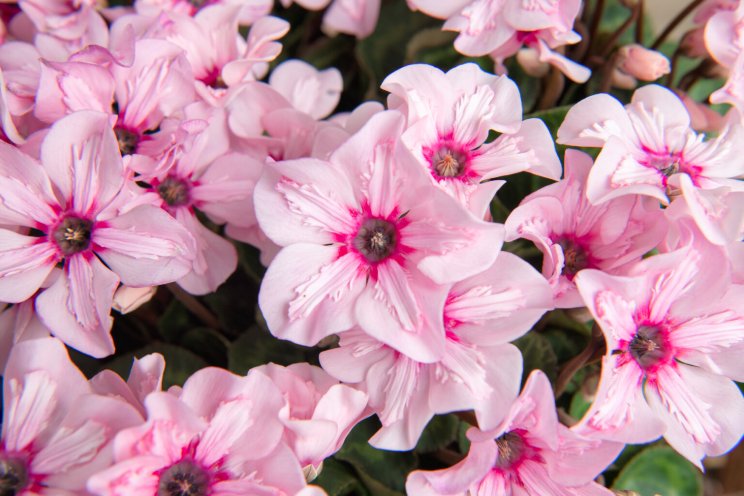AAS-winning tomatoes
Added on 06 October 2022

Tomato Pink Delicious
This early maturing tomato supports the trend of having heirloom look, flavor and texture with hybrid disease resistance and improved germination meaning it is much easier for home gardeners to grow. When grown next to the comparisons, this variety is definitely earlier with a higher yield and a uniform fruit size. The beautiful big fruits do not crack as much. What really sets this variety apart is the excellent flavor and a high Brix for a sweeter than normal pink tomato. Bonus: Much better disease resistance than controls in both the Southeast and Heartland regions.
Tomato Sunset Torch F1
You might just carry a lifelong torch for this cute new tomato. Sunset Torch has strong, dramatic striping from stem to tip. This is a vigorous grower and was the first to ripen in multiple regions. As one judge explains the appeal, "The open growth habit displays fruit that pleases the eye before reaching the mouth!" Overall better performance, less splitting, good yields, a mildly sweet, fruity flavor and disease resistance make this cutie a winner. Sunset-colored fruits are produced on easy-to-harvest trusses. High disease resistance to ToMV, Verticillium Wilt Va/Vd, Fusarium Wilt Races 1 and 2 and intermediate resistance to TYLCV and TSWV.
Tomato Purple Zebra F1
Purple Zebra tomato is a fun new addition to striped tomatoes, producing tomatoes that are rich with complex flavors and a moderately firm texture. Dark red fruits with green stripes and a deep mahogany red interior do not produce muddy coloration like other tomatoes of this type. The taste is sweet and acidic leaning to sweet. Overall, this tomato has a better taste and thinner skin than comparisons with excellent disease resistance. Judges in the know say this is a very marketable fruit for farmers' market growers. High disease resistance to ToMV, Verticillium Wilt Va/Vd, Fusarium Wilt Race 1, Leaf Mold A-E, Late Blight PH2/PH3, and intermediate resistance to TYLCV and TSWV.
Image by azerbaijan_stockers on Freepik
Source: Produce Grower
More news















